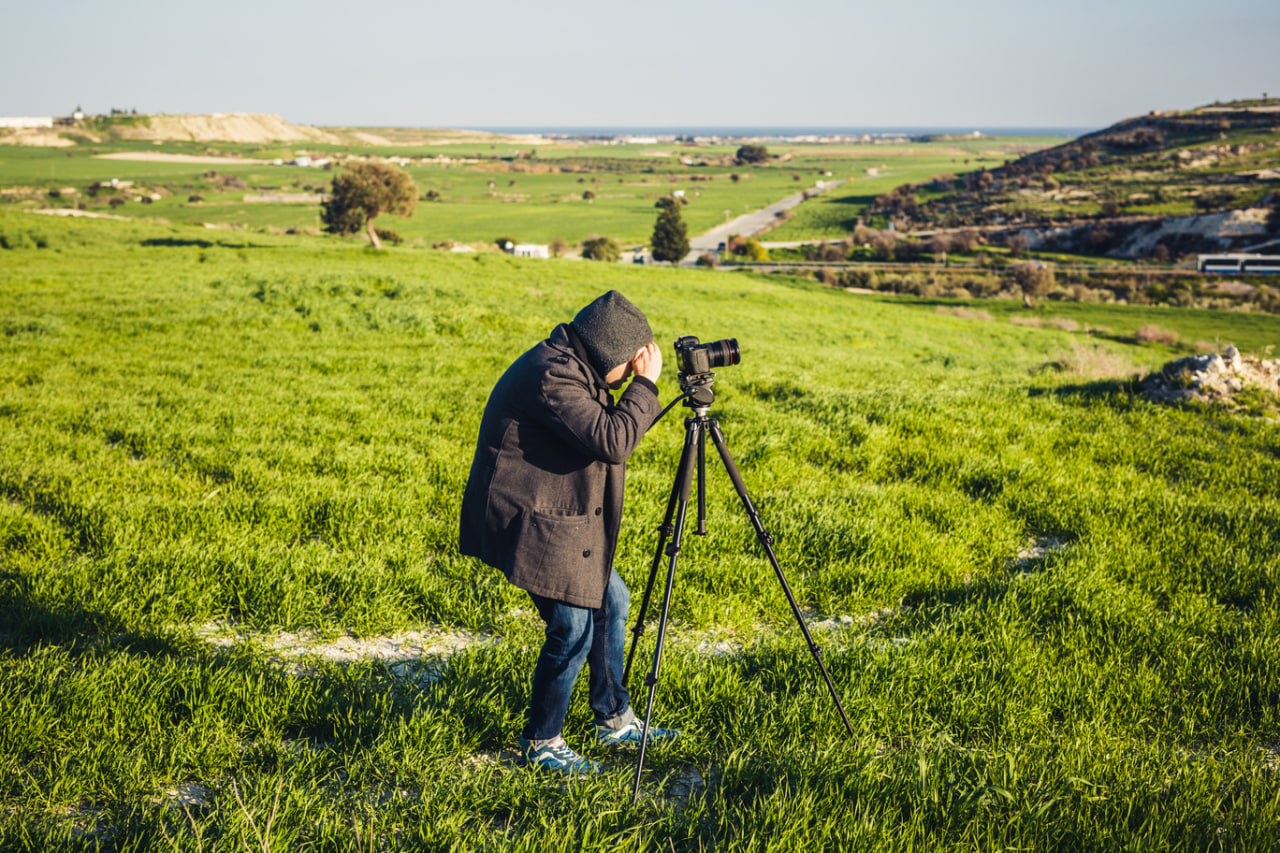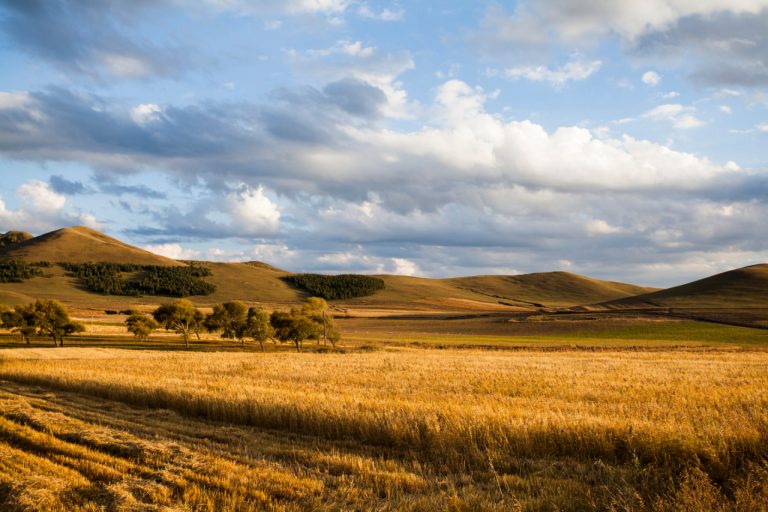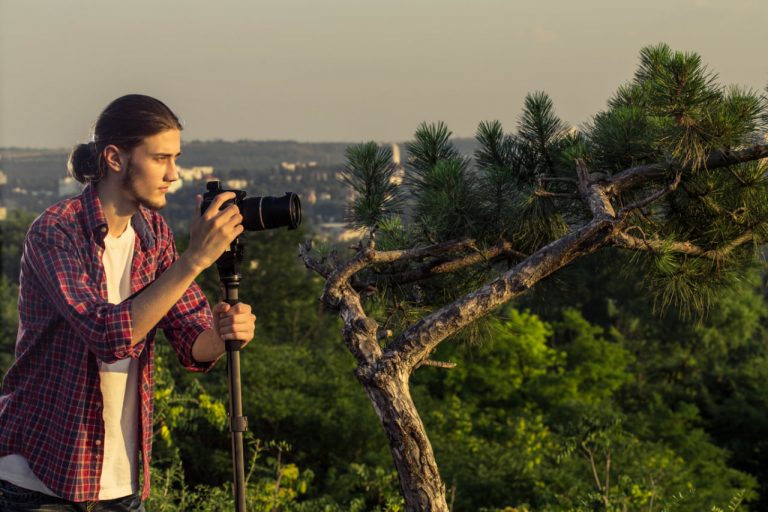Long exposure photography is a powerful technique that transforms ordinary landscapes into dynamic, ethereal images. By using extended shutter speeds, photographers can capture motion, smooth textures, and light trails, creating a sense of time and movement in a single frame. Mastering long exposure techniques is essential for outdoor photographers who want to elevate the artistic quality of their work.
Understanding Long Exposure
Long exposure involves keeping the camera’s shutter open for an extended period, allowing more light to reach the sensor and capturing movement over time. This technique can produce striking effects such as:
- Smooth Water Surfaces – Rivers, waterfalls, and oceans appear silky and fluid.
- Cloud Motion – Moving clouds streak across the sky, adding drama and depth.
- Light Trails – Cars, stars, or other light sources create dynamic patterns.
- Motion Blur – Adds a sense of movement to leaves, grass, or other environmental elements.
Understanding how long exposure manipulates light and motion is key to achieving creative and visually compelling results.
Essential Equipment
Using the right equipment ensures sharpness, stability, and flexibility during long exposure sessions:
- Tripod – Essential for stabilizing the camera during extended shutter speeds.
- Remote Shutter Release – Prevents camera shake when triggering the shutter.
- Neutral Density (ND) Filters – Reduce the amount of light entering the lens, enabling longer exposures even in daylight.
- Lens Choices – Wide-angle lenses capture expansive scenes, while telephoto lenses compress elements for dramatic effect.
Proper equipment setup is critical for producing professional-quality long exposure images.
Camera Settings for Long Exposure
Achieving optimal long exposure results requires careful adjustment of key camera settings:
- Shutter Speed – Typically ranges from 1/2 second to several minutes, depending on motion and desired effect.
- Aperture – f/8–f/16 is often ideal to maintain depth of field and sharpness.
- ISO – Keep ISO low (100–200) to minimize noise.
- White Balance – Adjust for natural tones or creative effect based on lighting conditions.
Experimentation with these settings allows photographers to control the visual outcome and adapt to changing conditions.
Creative Techniques
Long exposure offers numerous creative possibilities for landscape photographers:
- Waterfalls and Rivers – Smooth moving water while keeping surrounding rocks and foliage sharp.
- Seascapes – Capture waves in motion to create a dreamy, soft effect.
- Night Photography – Photograph stars, the Milky Way, or light trails from passing vehicles.
- Cloudscapes – Show dynamic skies with elongated cloud streaks for a sense of movement.
Combining long exposure with thoughtful composition enhances both aesthetic appeal and narrative depth.
Overcoming Challenges
Long exposure photography can present technical and environmental challenges:
- Camera Shake – Always use a sturdy tripod and remote release to avoid blur.
- Overexposure – ND filters help control light, especially during daytime shoots.
- Focus Accuracy – Use manual focus and check sharpness on foreground elements.
- Environmental Conditions – Wind, water splashes, or moving foliage may require careful adjustments.
Addressing these challenges ensures clean, professional-quality images.
Post-Processing Tips
Post-processing complements long exposure work by enhancing the final image without compromising its natural appeal:
- Adjust Exposure and Contrast – Highlight details in water, clouds, and landscapes.
- Enhance Color and Mood – Subtly boost tones to emphasize atmosphere.
- Sharpen Details – Maintain clarity in static elements while preserving motion effects.
- Crop and Refine Composition – Ensure that the final frame directs attention to the intended subject.
Thoughtful editing accentuates the beauty of motion and light captured during long exposures.




